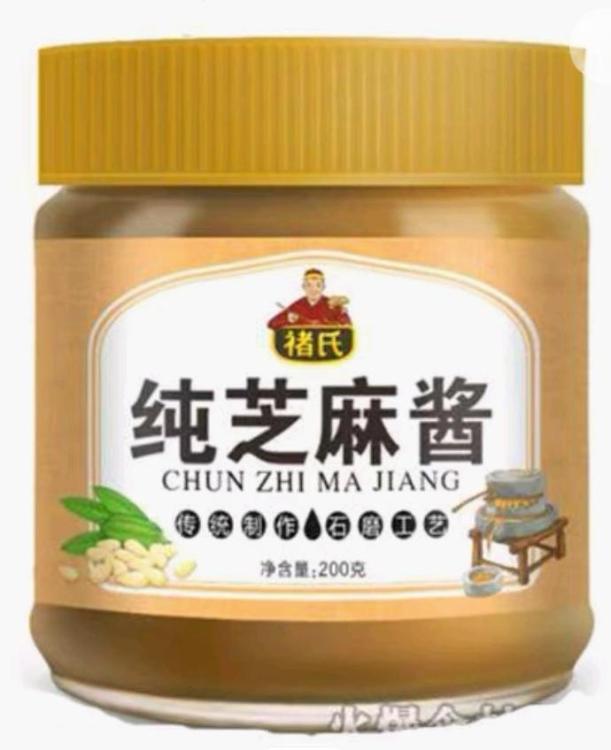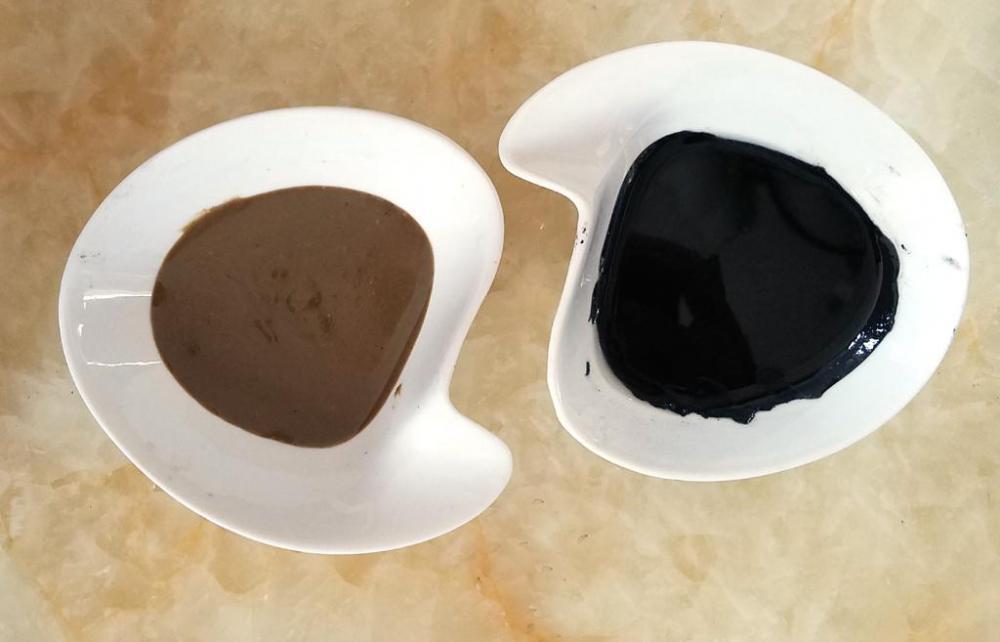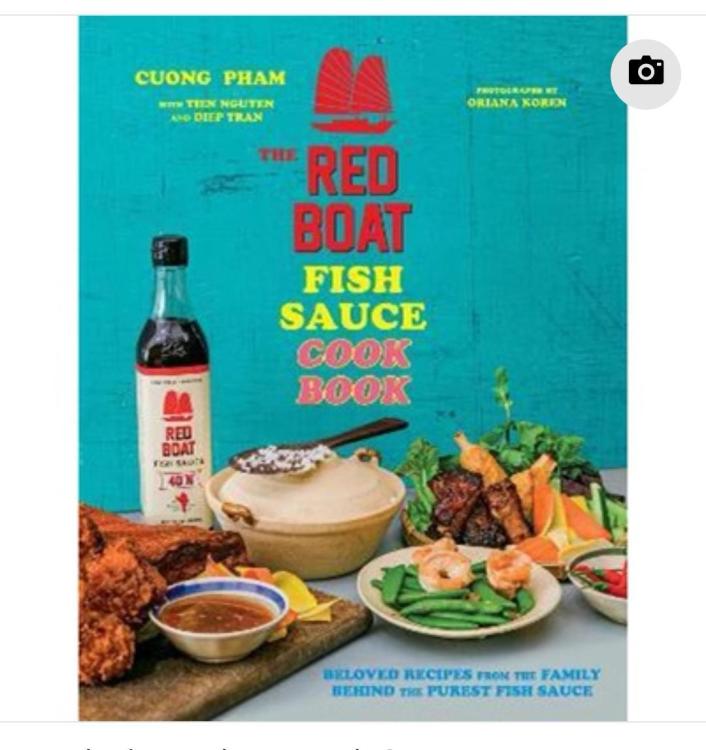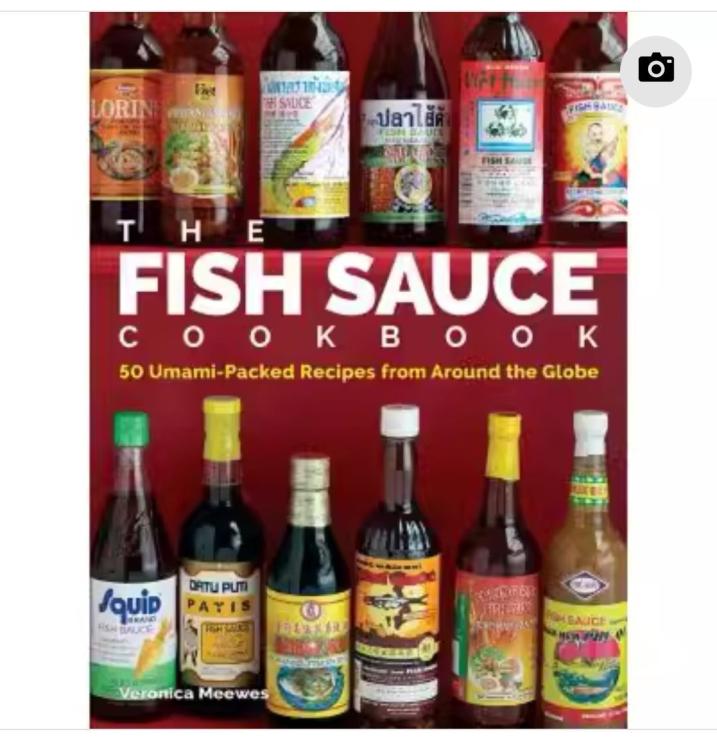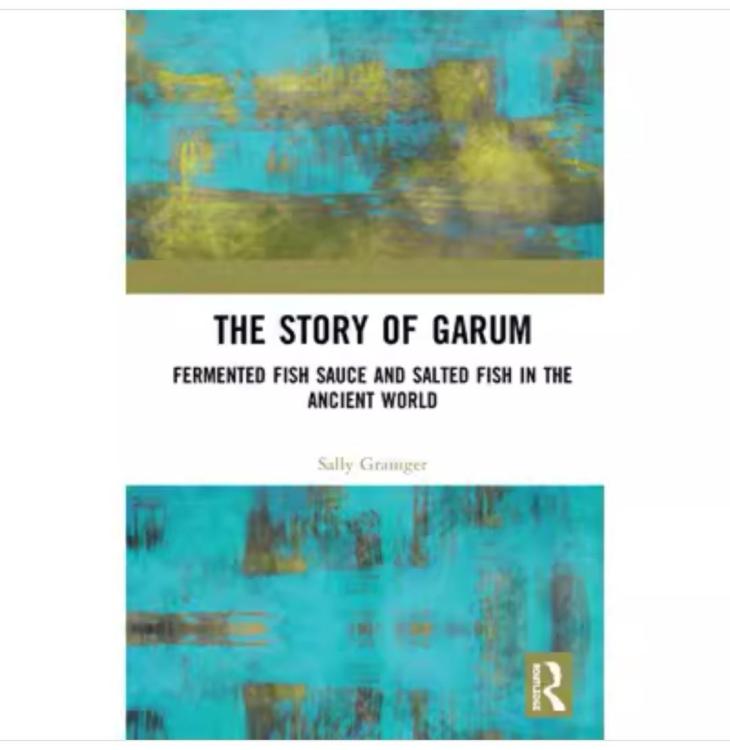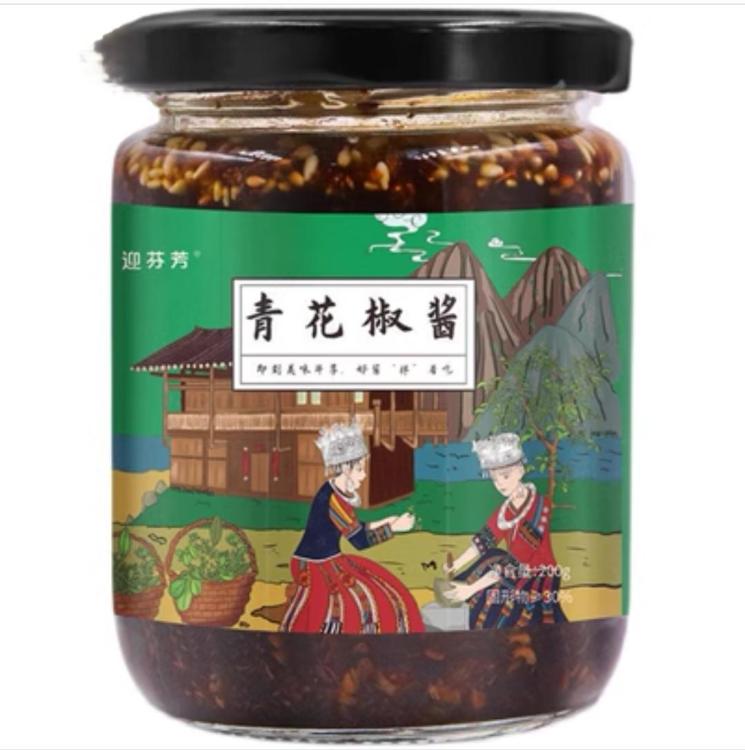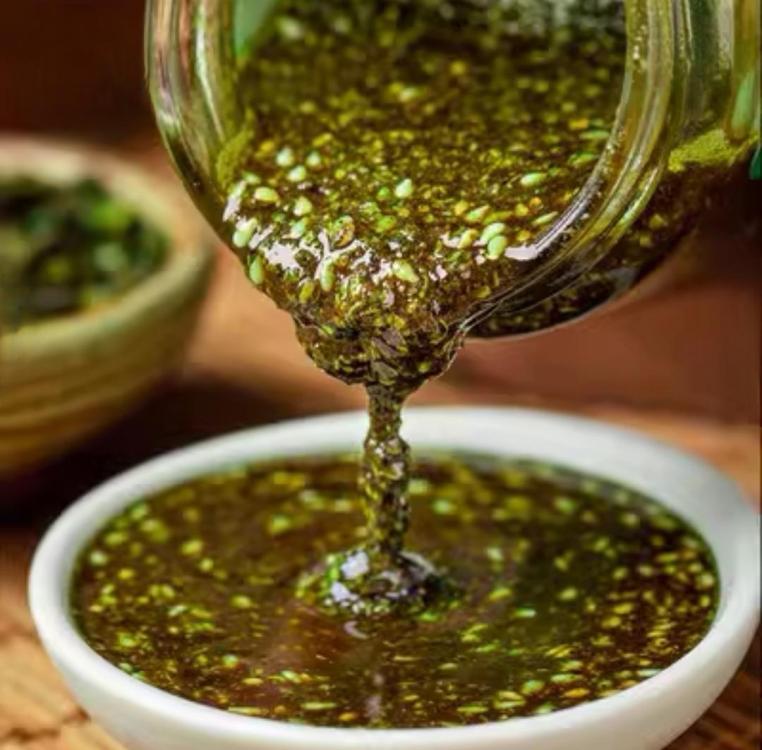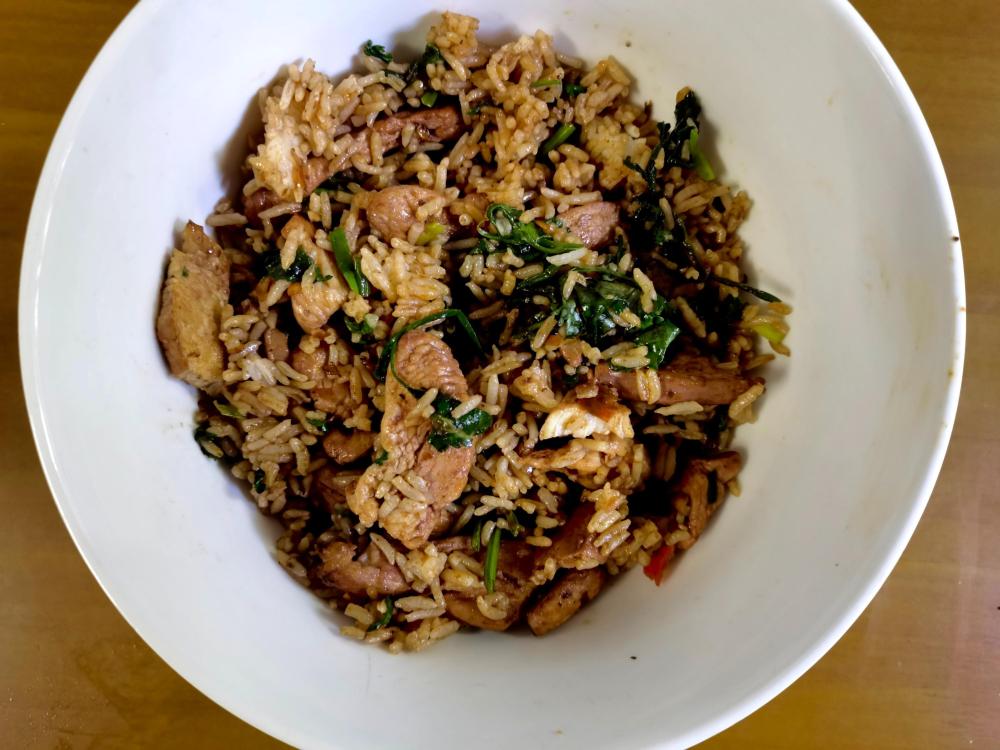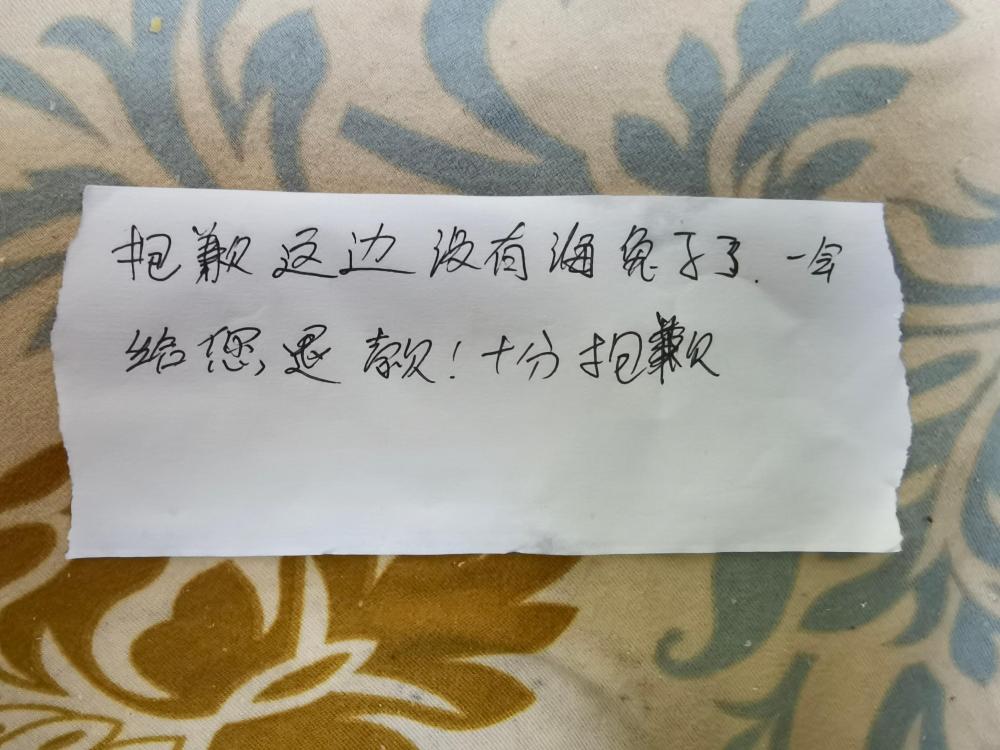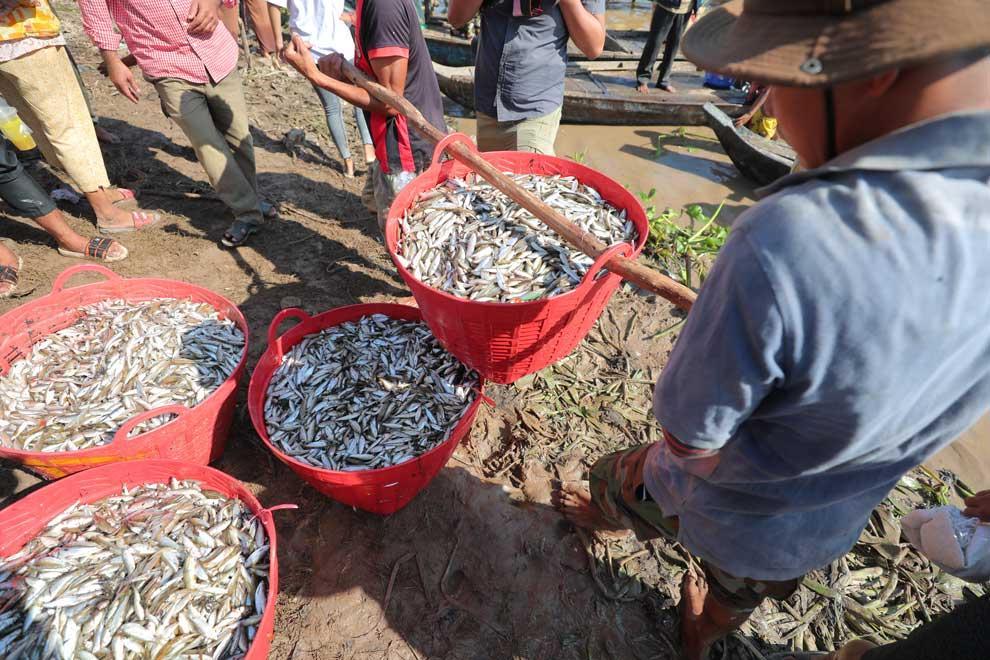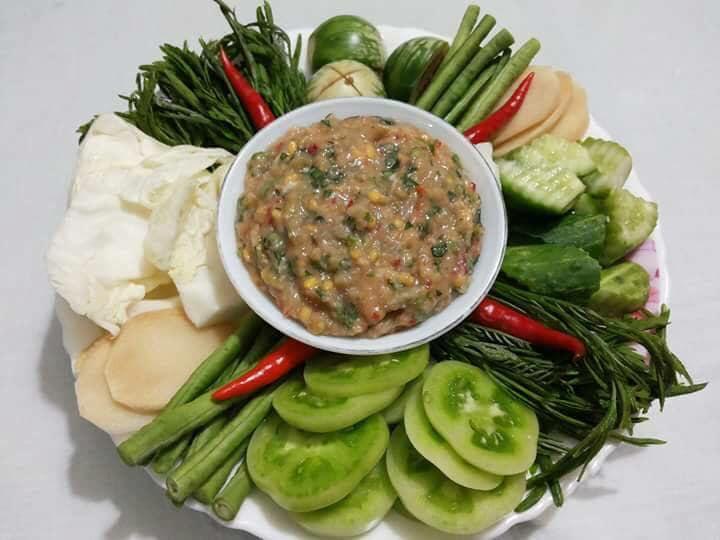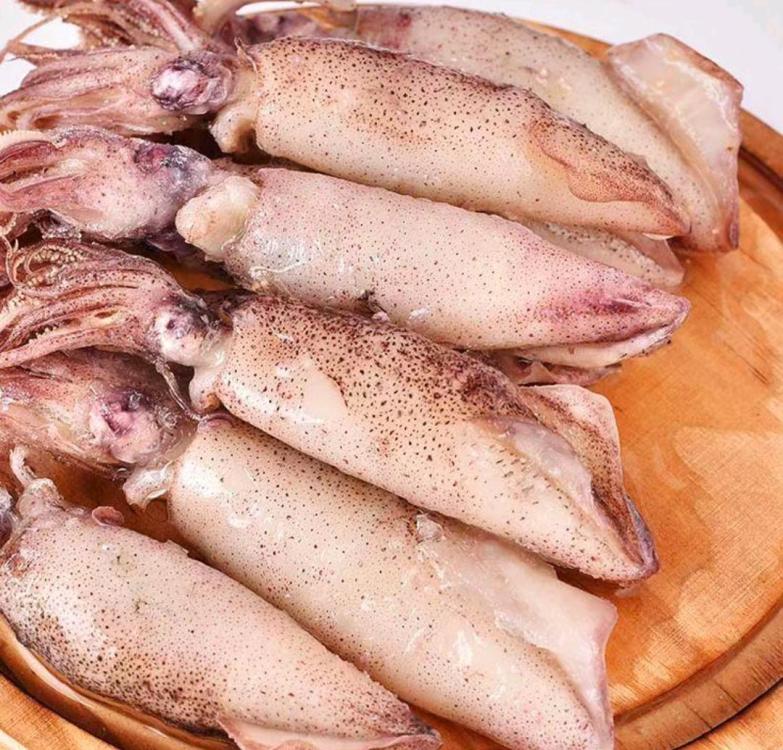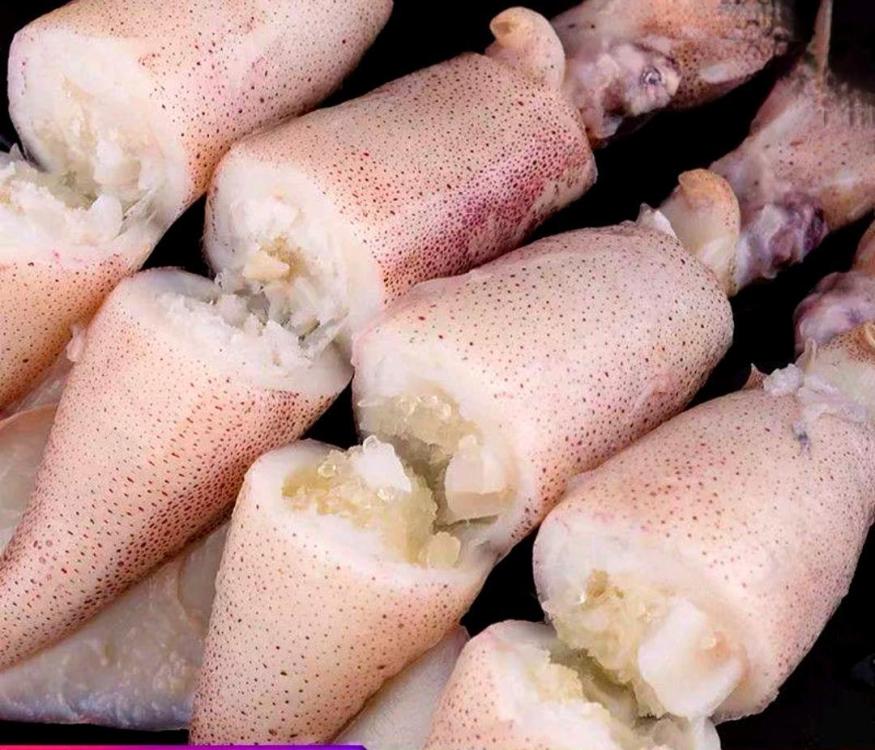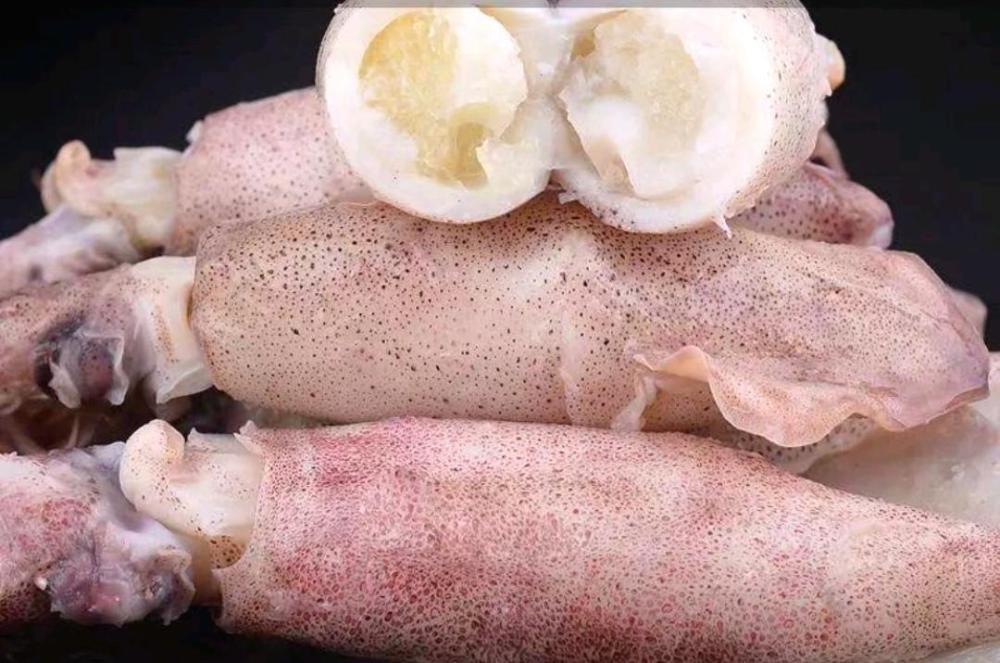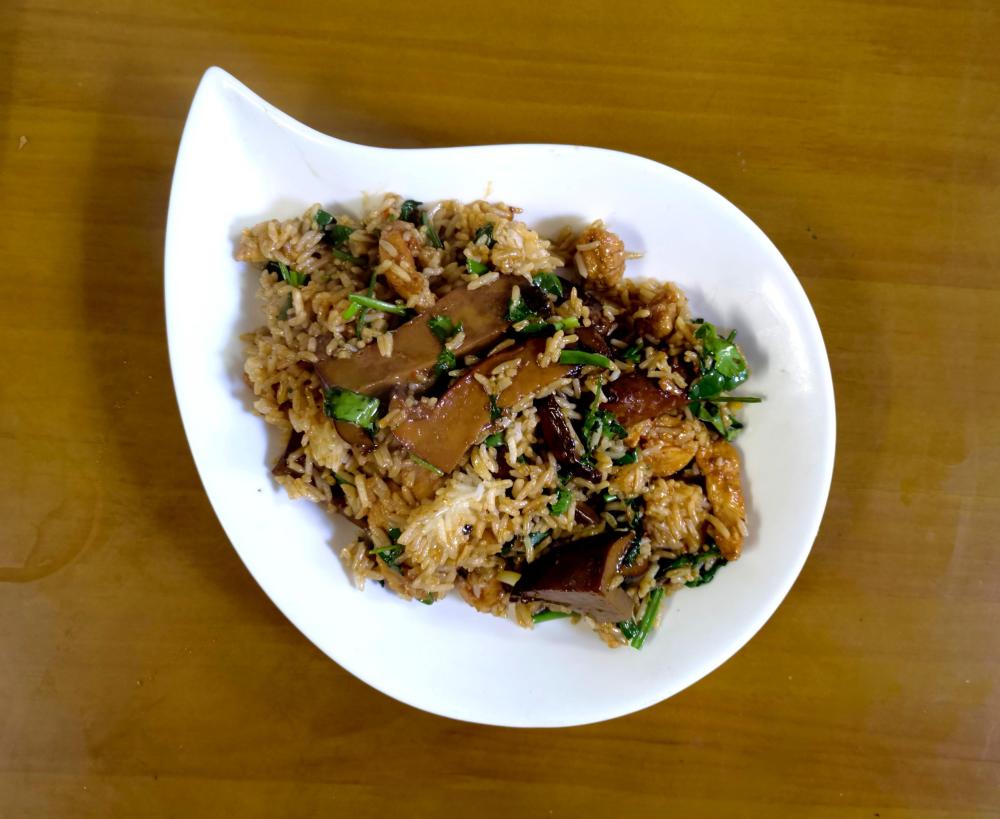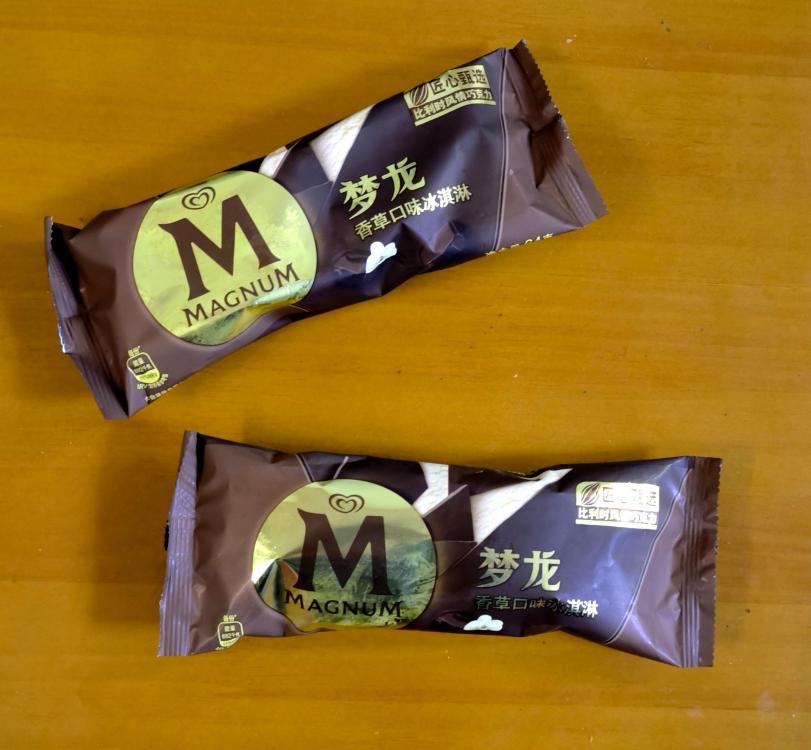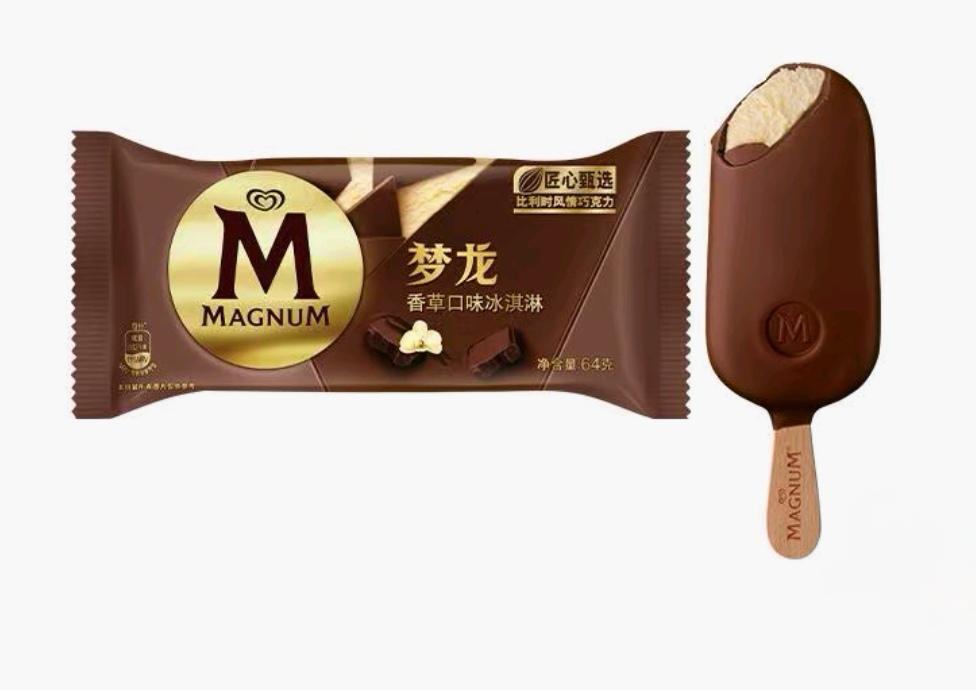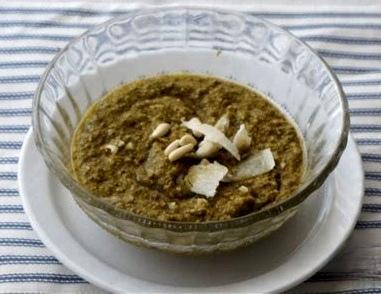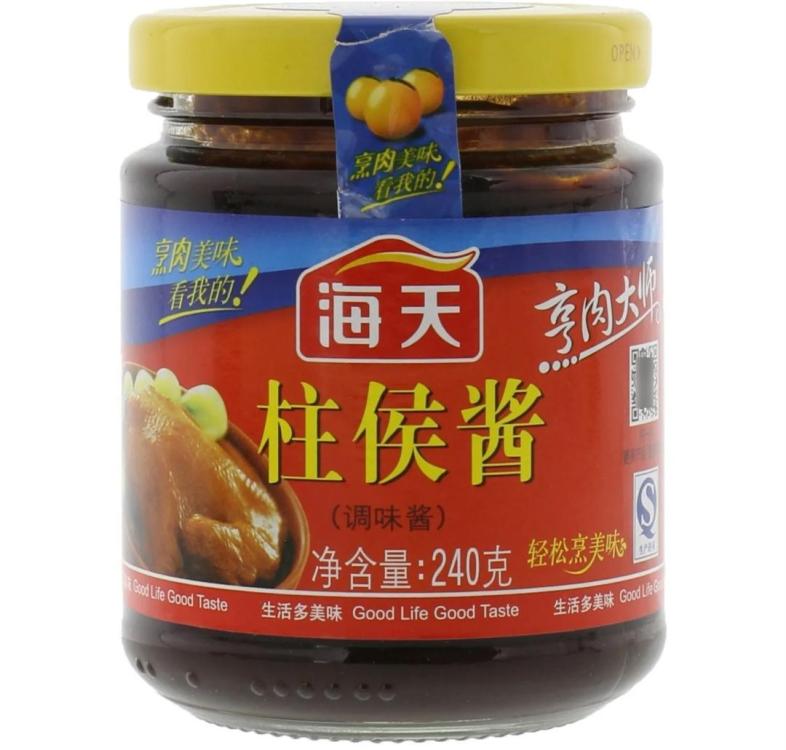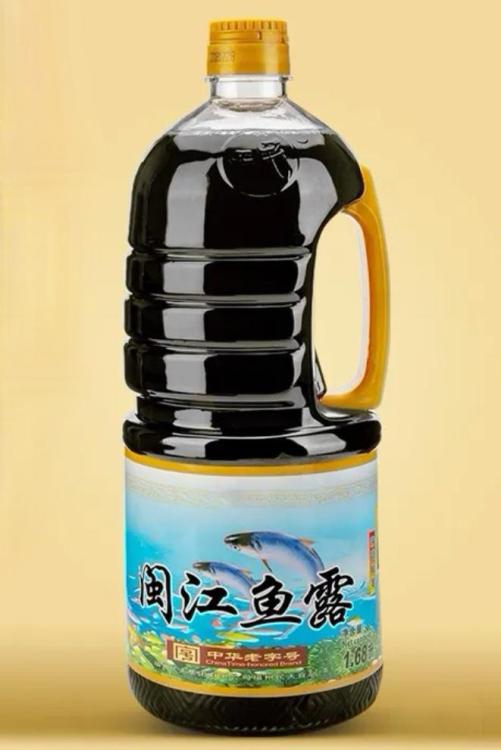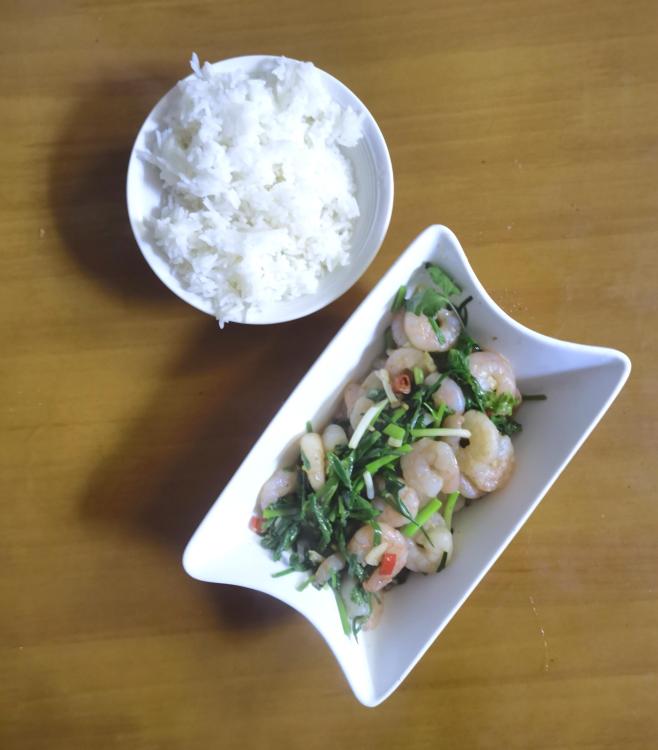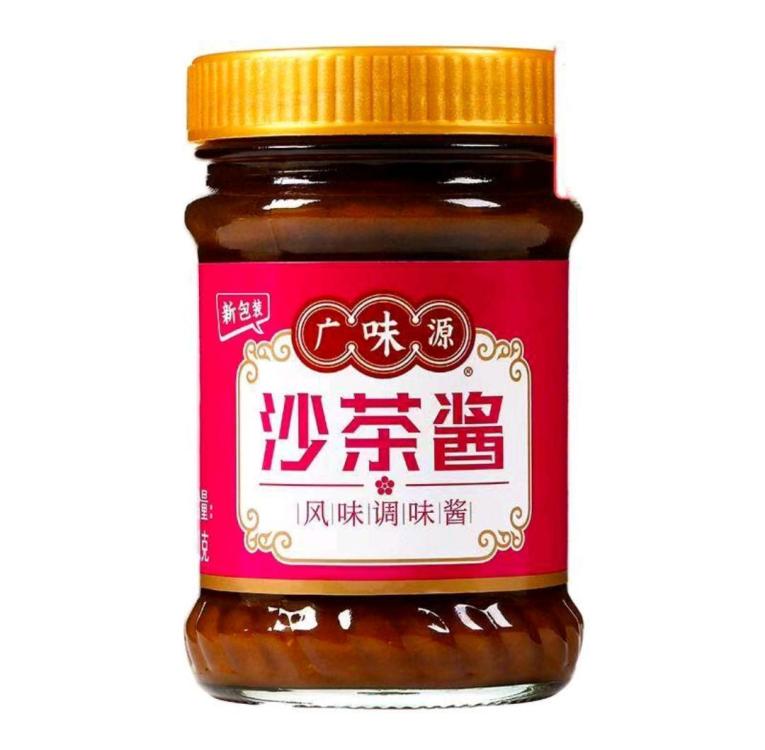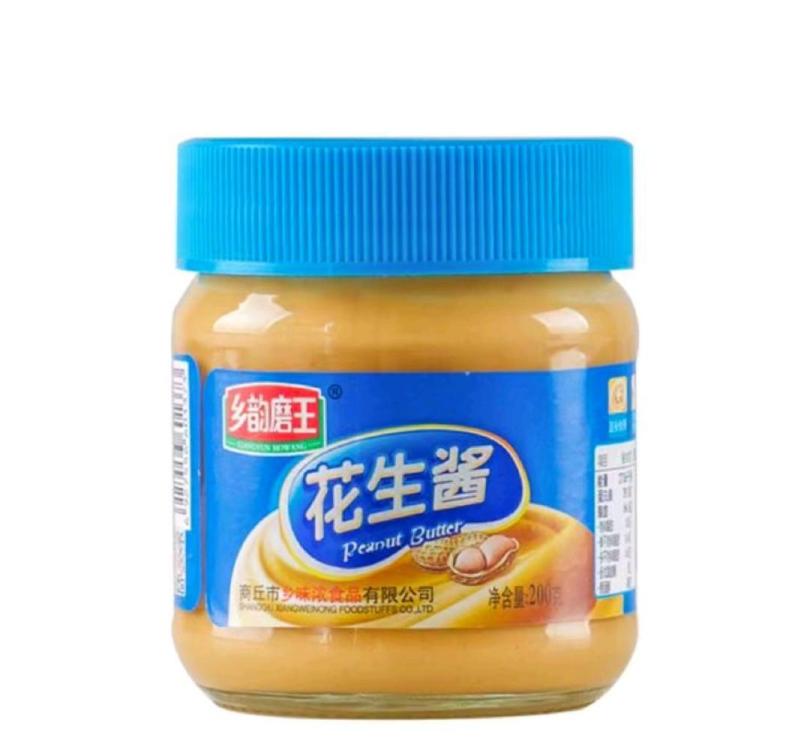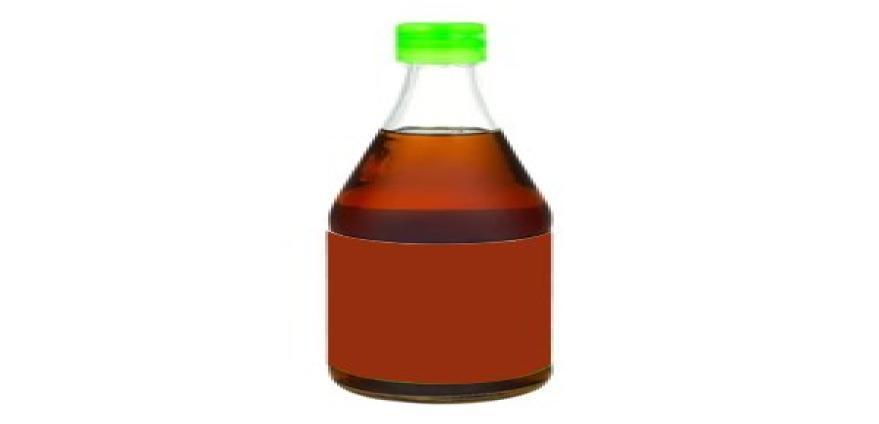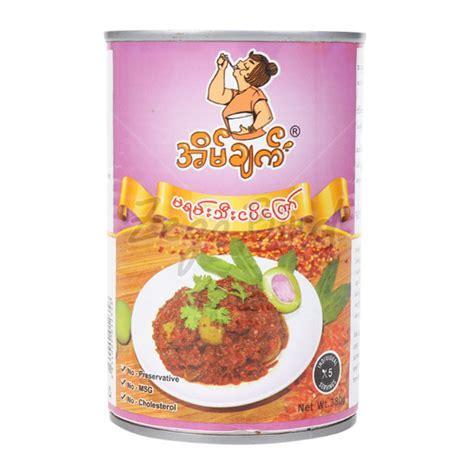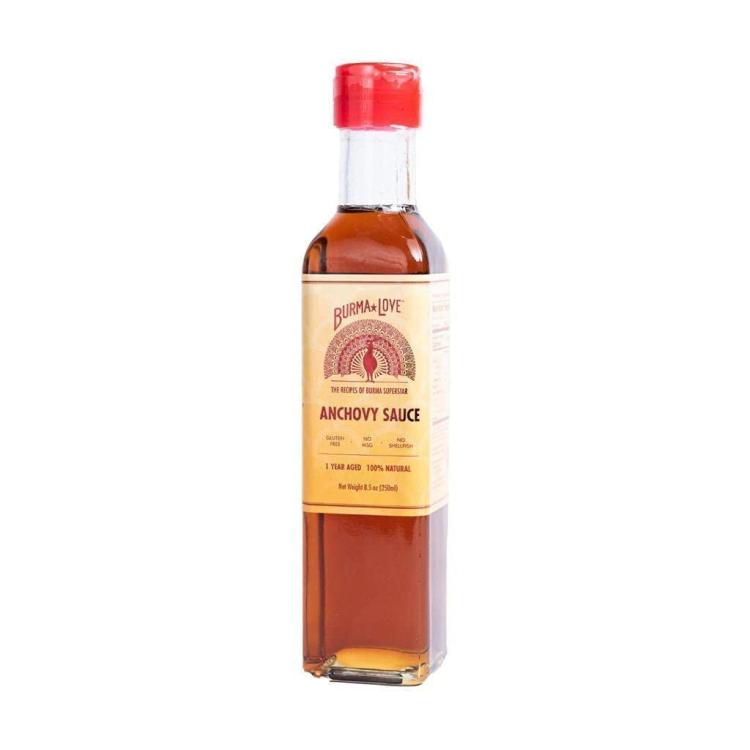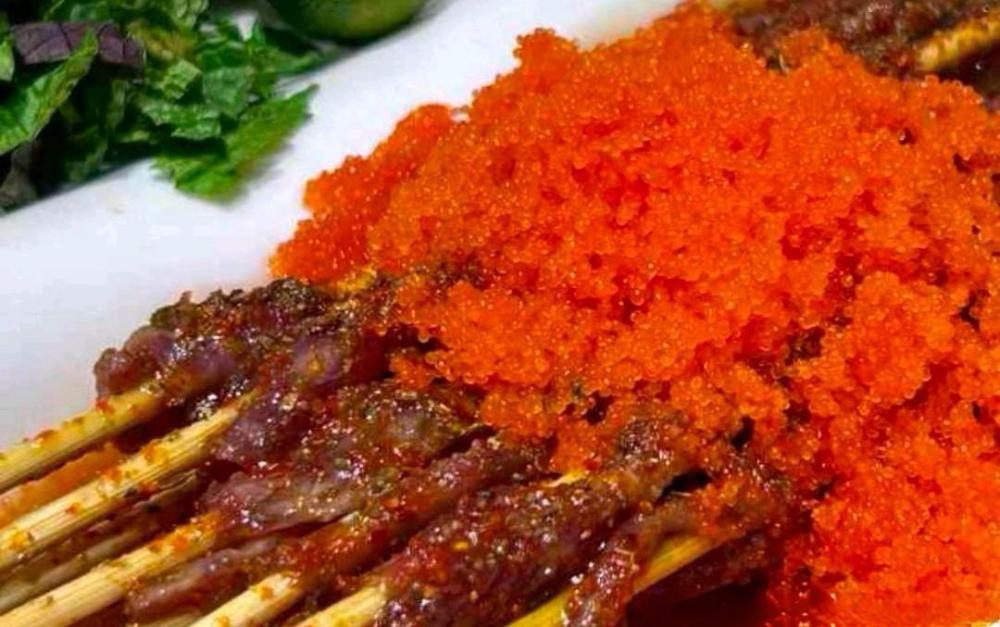-
Posts
16,679 -
Joined
-
Last visited
Content Type
Profiles
Forums
Store
Help Articles
Everything posted by liuzhou
-
I'm told the Red Boat factory visit is worth the visit. Unfortunately, it was closed when I was there.
-
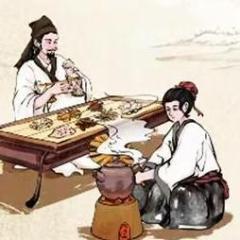
A pictorial guide to Chinese cooking ingredients
liuzhou replied to a topic in China: Cooking & Baking
Known to have been used in China since the 5th century, pure sesame paste or sauce - S: 纯芝麻酱; T: 純芝麻醬 (chūn zhī ma jiàng) is made from dark toasted white sesame seeds and sesame oil. Tahini and Chinese sesame paste are NOT interchangeable as tahina has a much lighter toast, if any. Chinese paste is thicker and much more strongly flavoured. One unwitting friend used it to make inedible, disgusting hummus. Instead, it is added to noodle dishes, used as a dipping sauce for hotpots and incorporated into stir fries. Black seed sesame paste is used in tang yuan, a CNY treat of glutinous rice balls filled with the paste and served in a syrupy soup. White seed sesame paste (left) and black sesame seed paste (right). -
I have started a companion topic in the Cookbook and References section, listing some interesting and relevant reading material. I will continue with more fish sauces here.
-
As an adjunct to the Fish Sauce topic, here are three books specifically dealing with fish sauce and recipes using that. First up, The Red Boat Fish Sauce Cookbook (eG-friendly Amazon.com link) by the makers of Vietnam's finest nước mắm. Then a general selection of 50 recipes using fish sauces from around the world: The Fish Sauce Cookbook (eG-friendly Amazon.com link) by Victoria Meewes. And finally, The Story of Garum (eG-friendly Amazon.com link) by Sally Grainger for the history and background. ( Of the three, I've only read the last, so can't vouch for any recipes. Anyone?
-

A pictorial guide to Chinese cooking ingredients
liuzhou replied to a topic in China: Cooking & Baking
Here's one I buy. S; 青花椒酱; T: 青花椒醬 (qīng huā jiāo jiàng) is 'green Sichuan peppercorn sauce' aka 'rattan pepper sauce'. It is made by pounding said peppercorns with oil. You could do this yourself in a mortar and pestle if you can source the green peppercorns, but buying this is the easier way. I've never seen this done with the more easily sourceable red Sichuan peppercorns. No idea why. This is added to noodles, mixed into stir fries or used as a dipping sauce to add that 'ma' numbness. -
-
Damn! I asked them to send me some (along with some other supplies) to resolve the mystery and received this note. It says "Extremely sorry. We are out of sea hare. Will refund you shortly. Sorry again." I know they have squid in stock as they did send me that! I'll see if they ever restock.
-
Cambodia, កម្ពុជា (Kampuchea) is possibly the only country where you can spend fish. The local currency, រៀល (riĕl) , introduced in 1953 when the country gained independence from France, is believed by many to take it's name from a variety of fish, Henicorhynchus entmema or 'riĕl'. Rial harvest Others dispute this, claiming implausibly that the name is derived from the Spanish real, although they struggle to explain how or why a bunch of southeast Asian peasants, newly liberated from French colonial rule, suddenly took up speaking Spanish. Whatever, the story does indicate the importance of the fish in Cambodia. It is this species, caught in Tonle Sap Lake, that is used in their ubiquitous fish sauce, ប្រហុក (prahok). Mud carp, រៀល (riĕl), are fermented with salt as usual and both the resulting juices and the residual fish are sold as ប្រហុក (prahok). Prahok (centre) Although they can't agree on the etymology of their cash, everyone agrees the prahok stinks. Of all the fermented fish products, this is probably the most notorious. Prahok is also used in the preparation of ទឹកត្រីb (tuk trei), Cambodia's version of the dipping sauces found all over SE Asia, mixed with lime juice, garlic and chilli. In fact, Cambodia has many versions of this, depending on the added ingredients. Note: Khmer transliteration has never been standardised, so you will see various spellings of all these terms. Images from Phnom Penh Post
-
One of my local delivery stores is offering frozen sea hare. I was under the impression that these were poisonous but their ads don't mention that or anything else useful except the price, 30元 / $4.20 for 500 grams. I can see nothing online about edibility. Anyone know anything about these gastropods? Images from store's online listing.
-
Chicken and black bolete fried rice. Doubanjiang, garlic, ginger, coriander/cilantro, garlic chives, Shaoxing, Korean fish sauce.
-
It's the Year of the Dragon and I'm Dreaming. 梦龙 (mèng lóng) means 'Dream Dragon' and that's what I'm snacking on. That is also the name Wall's the ice cream people use for the Magnum brand in China. These are the plain vanilla type but I do miss the mango flavour they had fifteen or so years ago. They were good with a capital goo! These two are in my freezer for later. Another one is inside me. They are definitely smaller than before - shrinkflation's ugly head.
-
One of the less well-known fish sauces is ນ້ໍາປາ (nam pa). No, I haven't misspelled 'nam pla'. ນ້ໍາປາ (nam pa) is the Lao version and pronunciation. Laos has some of the most interesting fish sauces. There are basically two types of fish sauce found in this small land-locked country sandwiched between Thailand and Cambodia. າປາ (nam pa), made from fermented fish is the basic version and similar in appearance to the similarly named Thai type. However, it is stronger and funkier smelling. However, more popular is ປາແດກ (padaek), an unfiltered product which is thicker than nam pa and often contains lumps of fermented fish. It is somewhere between a sauce and a paste. Padaek It is also much stronger in flavour, depending on the fermentation time (between one and five years), but essential in ส้มตำ (som tam), green papaya salad which although usually associated with Thailand, actually originated in Laos. Fish sauce also appears in laap, raw or rare beef salad. Yes, this too originated in Laos. And yes, there is no /r/ sound in the word. The Isaan area of Thailand used to be Lao territory and the majority of the population is still ethnically Lao. There are, by far, more Lao people in Thailand than in Laos - 17 million in Thailand; 8 million in Laos. So, you've probably eaten Lao food even if you think you've only eaten Thai. Laos too has a fish sauce dip. This is known as ແຈ່ວ ສົ້ມ (transliterated as jeow som or jaew some, literally 'spicy sauce sour'). This is similar to the Thai prik nam pla (น้ําปลาพริก), fish sauce being mixed with lime juice and chilli along with garlic and coriander leaf/Cilantro. Lao sauces are not widely distributed but you can, should you wish and have extremely tolerant neighbours, make your own padaek. Recipe here. http://padaek.com/make-padaek-lao-fermented-fish-sauce-recipe/
-
I could eat croissants for a living and that was my thought, too.
-
4" abalone! That is large. The largest I get here are half that. I get both farmed and wild but they are all pretty much the same size.
-

Quality differences in Tapioca Starch, Rice Flour, etc
liuzhou replied to a topic in Kitchen Consumer
This is a guess but the bag on the left is obviously Thai while that on the right seems to be Chinese. Trade tariffs? -

A pictorial guide to Chinese cooking ingredients
liuzhou replied to a topic in China: Cooking & Baking
S: 柱侯酱; T: 柱侯醬 (zhù hóu jiàng), in the West often rendered in pseudo - Cantonese as Chee Hou or Chu Hou Sauce is mostly used in Cantonese cuisine and is similar to the better known S: 海鲜酱; T: 海鮮醬 (hǎi xiān jiàng), hoisin sauce. Although both are made from fermented soy beans, this one has different extra ingredients. These vary by producer - there is no standard recipe. Some ingredients in addition to the soy beans include salted lemons, plums, tofu, garlic and sesame. Used in stir-fries and braised dishes. -
Last night I discovered there is a source of Chinese fish sauce other than in Chaoshan as mentioned above. A short distance east of Chaozhou is Fujian province, which has also had an influence on Chaoshan's Teochow cuisine. But it seems the traffic hasn't all been one way. There is a Fujianese fish sauce. S:闽江鱼露; T: 閩江魚露 (mǐn jiāng yú lù), Min River Fish Sauce is made in Fuzhou, the capital of Fujian. Fujian cuisine is know in China as 闽菜 (mǐn cài), after the river. To be tried.
-

A pictorial guide to Chinese cooking ingredients
liuzhou replied to a topic in China: Cooking & Baking
... but people here do use peanut butter that way. I'm not fond of peanut butter or satay so I let them get on with it. 🥜 -
Shrimp (bought live) with coriander leaf and garlic chives, Thai fish sauce, Shaoxing wine, garlic,ginger, chilli. Rice.
-

A pictorial guide to Chinese cooking ingredients
liuzhou replied to a topic in China: Cooking & Baking
Of mysterious etymology is Shacha Sauce. S: 沙茶酱; T: 沙茶醬 (shā chá jiàng). this literally means 'sand tea sauce'. It contains no tea and hopefully no sand. To add to the confusion, 沙茶 (shā chá) also means 'satay', the Indonesian / Malaysian dish with peanut sauce. There are no peanuts in Shacha sauce, either. Instead, it is made from fish, shrimp, aromatics, and spices. It is a feature of Chaoshan cuisine aka Teochew cuisine. As with most fish-based sauces, it adds umami and saltiness to dishes. At least one website confuses shacha sauce and satay sauce and gives a bizarre recipe for a hybrid sauce containing both shrimp and peanuts. Shacha sauce is used a dipping sauce and is added to stir-fries and braised dishes. A very versatile ingredient. In the west, it is sometimes labelled 'Barbecue Sauce' and though it can be happily used as such, it's almost certainly nowhere like any BBQ sauce you're used to. If you really do want satay, look for S: 花生酱; T: 花生醬 (huā shēng jiàng), which is peanut butter. China has many brands but also Hormel's Skippy brand is widely available. In fact, many local brands come in Skippy look-alike jars. -
MegaChef is Thai; Red Boat is Vietnamese. That said, MegaChef make two different fish sauces - a Thai style in a brown bottle and a Vietnamese style in a blue bottle. Which do you have? Amazon usually stocks Wangshin brand of Korean fish sauce. I've never had it but reviews are positive.
-
The first time I went to Burma / Myanmar was by accident and I had stupidly wandered into a battleground where the local Shan militia were fighting in resistance to the ruling military junta. I had no visa and wasn't even carrying my passport. When I realized I had accidentally crossed the border from China, I decided this wasn't perhaps the best time to investigate the local fish sauce, so I turned and ran back across the border before either side decided to shoot me as a spy. A few years later, when the junta relaxed its grip a bit, I returned, this time legally and found ငံပြာရည် (ngan bya yay), Burmese fish sauce. Burmese food instantly became one of my top three favourites. The sauce was and probably still is very close to the Thai version. In a village near Dawei, I saw boatloads of anchovies being unloaded and driven to a processing plant which I didn't visit but certainly smelled. Burmese fish sauce is essential in မုန့်ဟင်းခါး (monhinga), a fish soup with noodles, considered by many to be the country's national dish. Burma Love brand fish sauce is apparently available in the USA from Amazon Prime, but be aware it is made from fish sourced in Vietnam and salt from Thailand. Despite the company's name, their website describes the sauce as Vietnamese. Burma Love Anchovy Sauce So far as I can determine Burmese sauce from actual Burma is unavailable, possibly due to sanctions. Do not confuse Burmese fish sauce and ငါးပိ (ngapi) which is a pungent fermented paste made with fish or shrimp. ငါးပိချက် (ngapi jet) is the most commonly seen. Ngapi - image my.zegobird.com
-

A pictorial guide to Chinese cooking ingredients
liuzhou replied to a topic in China: Cooking & Baking
Further to the roe / fish egg post a bit above, I just came across these on the local food delivery app. Grilled soy sauce marinated beef skewers with unidentified fish roe. 5元 / 70 cents US per stick (minimum order 8). I'm tempted.



